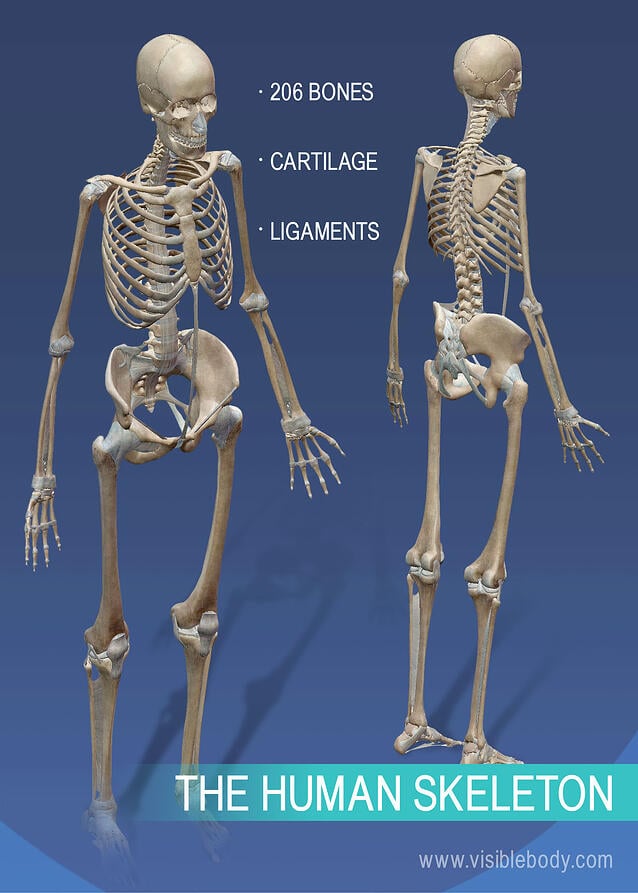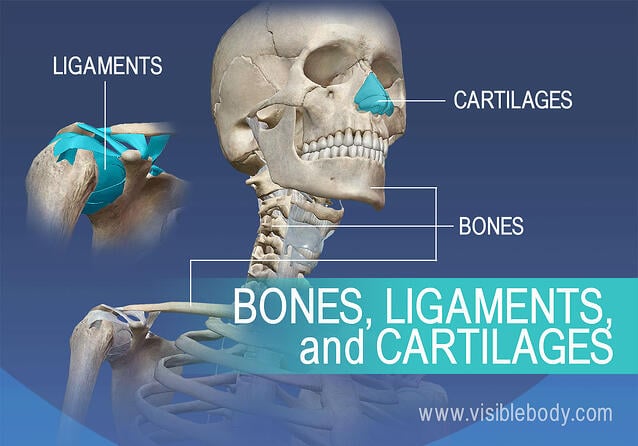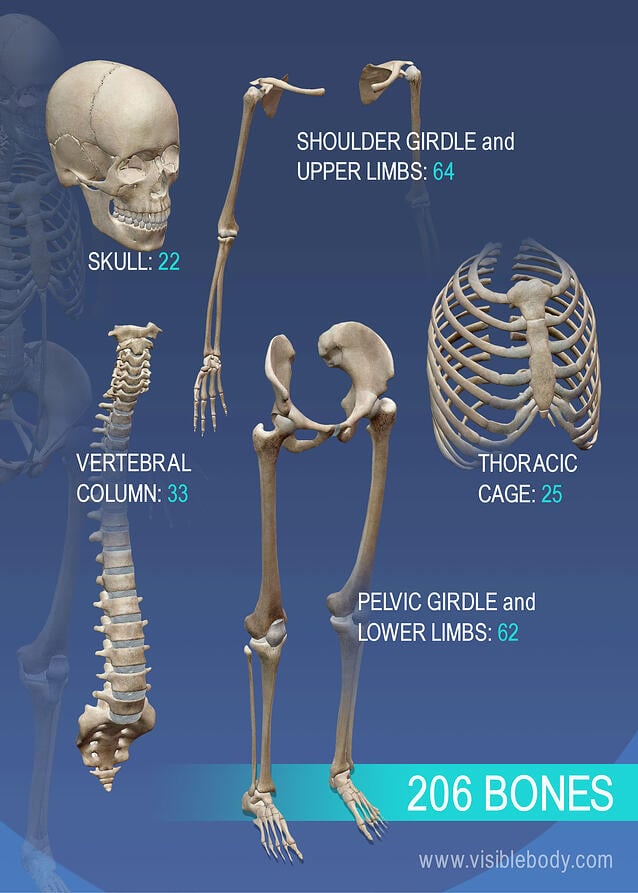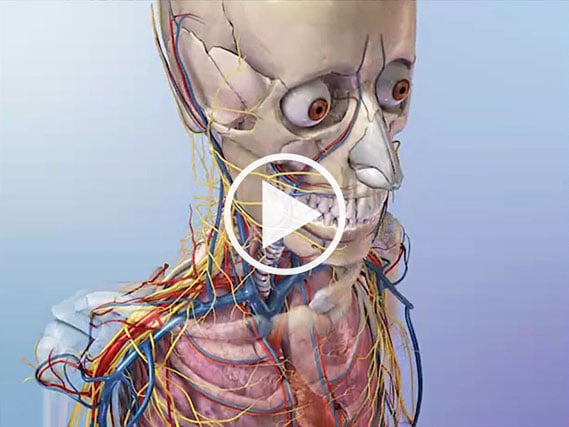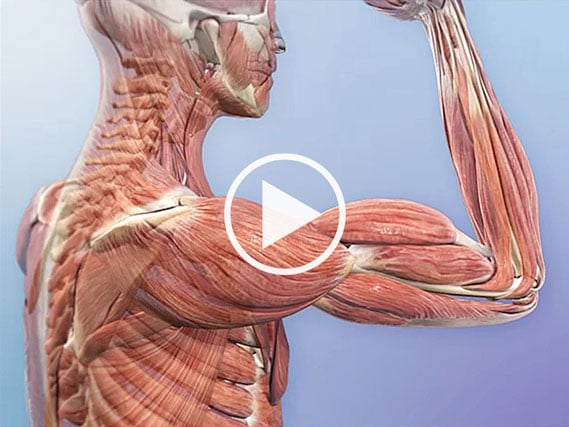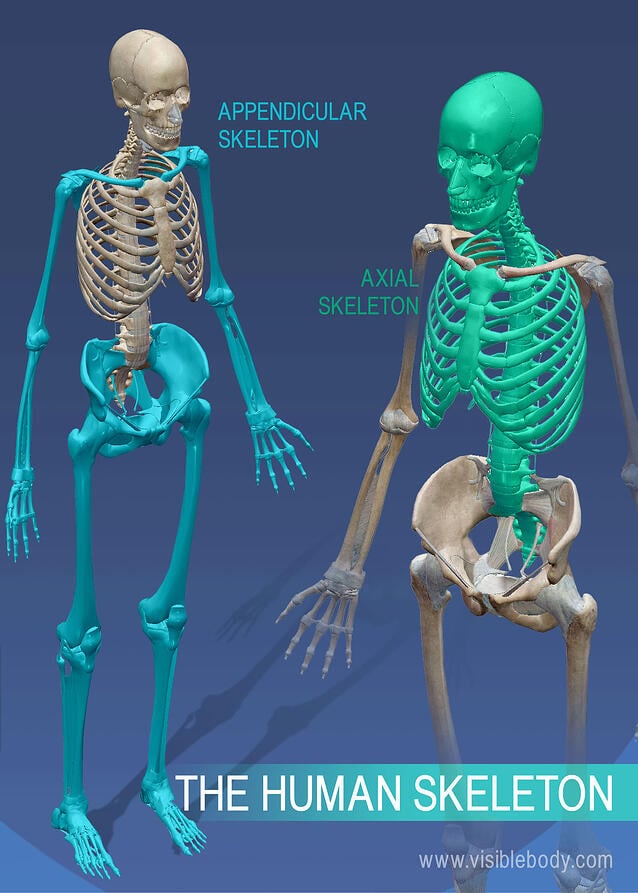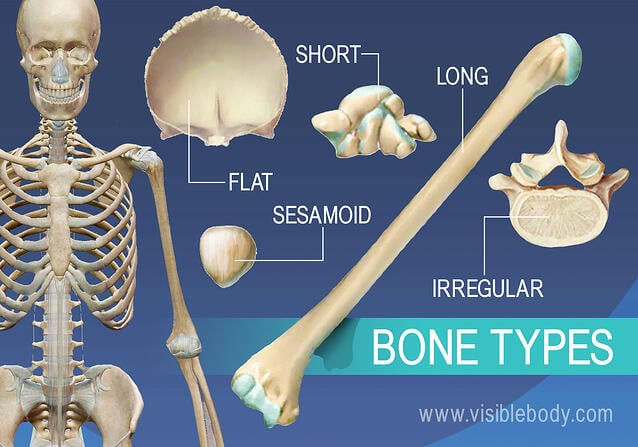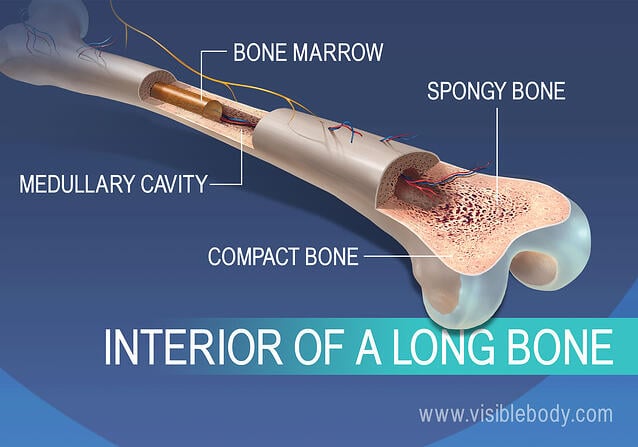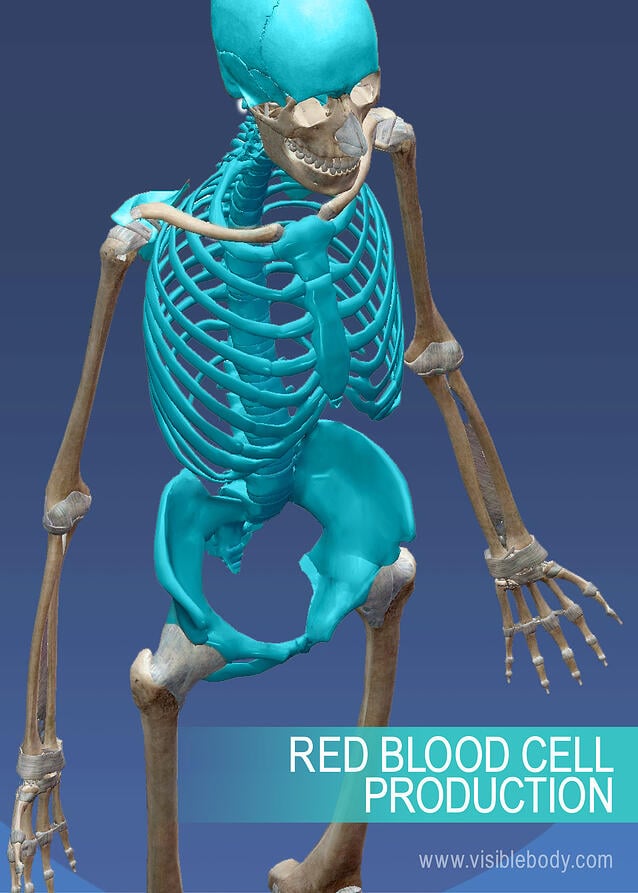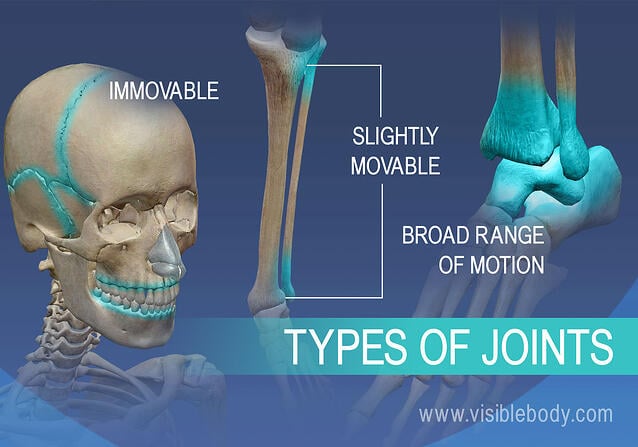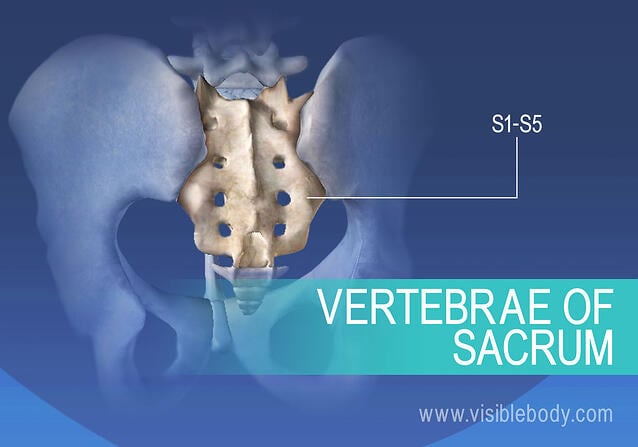காது அக்குபஞ்சர்
AURICULOTHERAPY - EAR ACUPUNCTURE
உடல் அக்குபஞ்சர் வைத்தியமுறைப் போலவே காது அக்குபஞ்சரும் நோய்களை தீர்க்க பயன்படுகின்றது. உடலில் ஏற்படும் நோய்களை கண்டறிந்து காதில் உள்ள அக்குபஞ்சர் புள்ளிகளில் சிகிச்சை செய்வது "காது அக்குபஞ்சர் சிகிச்சை(Auriculo Therapy) ஆகும்.
நம் இந்தியாவிலும், சீனாவிலும் 2000ஆண்டுகளுக்கு முன்பே காது அக்குபஞசர் சிகிச்சை கடைபிடிக்கப்பட்டு வந்துள்ளது. ஆனால் 1957-ஆம் ஆண்டு, சைனாவில் உள்ள நெய்ஜிங்ல் பிரான்ஸ் நாட்டைச் சேர்ந்த நரம்பு அறுவை சிகிச்சையாளரான டாக்டர் பால் நோகியர் (Dr. Paul Nogier) அவர்கள் தான் காது அக்குபஞ்சர் வரையரை செய்து இதற்கு முழு வடிவம் கொடுத்தார்.
நம் அனைத்து உறுப்புகளையும் சார்ந்த நரம்புகளின் மெல்லிய முடிவுகள் காதில் வந்து முடிகின்றன. காதுகளில் ஒரு குறிப்பிட்ட பகுதி தூண்டப்படும் போது அவ்வுறுப்பு நலமடைகிறது. காது அக்கு பஞ்சருக்கென்றே புதியதாக வடிவமைக்கப்பட்ட வளையங்களைக் கொண்ட ஊசிகள் பயன்படுத்தப்பட்டு வருகின்றன. இவற்றை காது அக்குப்புள்ளிகளில் பொருத்திவிட்டால் தானாக விழும் வரை நமக்கு பலன் கிடைத்துக் கொண்டிருக்கும்.
காது அக்குபஞ்சரில் 200-க்கும் மேற்பட்ட புள்ளிகள் இருந்தாலும், 119 புள்ளிகளே வடிவமைத்து கொடுக்கப்பட்டுள்ளன. உடலின் அனைத்து பாகங்களும் இக்குறிப்பிட்ட புள்ளிகளில் பிரதிபலிக்கின்றன. காதின் தோற்றம் தாயின் கர்ப்பப்பையில் தலைகீழாக உள்ள குழந்தையின் அமைப்பினை போல் தோற்றமளிக்கும். காதானது, கர்ப்பப்பையில் எப்படி ஒரு குழந்தை தலைகீழான நிலையில் உள்ளதோ, அதைப் போலவே தலையில் உள்ள அனைத்து உறுப்புகளின் புள்ளிகள் காதின் கீழ் நுனியிலும், கால் பகுதி, காதின் மேல் பகுதியிலும் அமைந்துள்ளன..
, உடல் அக்குபஞ்சரில் எப்படி 12 மெரிடியன்கள் உள்ளதோ அது போலவே காது அக்குப்பஞ்சரில் 12 பாகங்கள் உள்ளன.அவைகள் உடல் அக்குபஞ்சர் மெரிடியன்களுடன் தொடர்பு கொண்டுள்ளன.
1.அனைத்து வியாதிகளுக்கும் சிகிச்சை செய்யலாம்.
2.உடல் அக்குப்பஞ்சர், காது அக்குப்பஞ்சர் இரண்டையும் இனைத்து சிகிச்சை செய்யலாம்.
3.சிகிச்சை செய்யும்போதே நோயயின் தீவிரம் குறைவதை உணறலாம்;
சு4.லபமாகவும் சிக்கணமாகவும் செய்யமுடியும்.
5.ஊசிகளை காதோடு பொருத்தி விடுவதால் அது விழும்வரை பலநாட்களுக்கு பயன் கிடைத்துக் கொண்டே இருக்கும்.
6.தினசரி ஒருமுறை வியாதிக்கு சம்மந்தப்பட்ட அக்குப் புள்ளிகளில் அழுத்தம் கொடுத்து வந்தால் நோய்கள் விரைவில் குணமாகும். தினமும் காலையில் இரு காதுளையும் நீவி விட்டாலே அனைத்து உறுப்புகளுக்கும் சக்தி கிடைக்கும்
காது அக்குப்பஞ்சரின் பாகங்கள்
பாகங்கள்
புள்ளிகள்
Lobule
லோபுல்
16
Helix
ஹெலிக்ஸ்
17
Anti Helix
ஆன்டி ஹெலிக்ஸ்
9
Superior Crus
சுப்பீரியர் கிரஸ்
5
Inferior Crus
இன்பீரியர் கிரஸ்
4
Triangular Fossa
ட்ரை ஆங்குலர் போஸா
10
Tragus
ட்ராகஸ்
11
Antitragus
ஆன்டி ட்ராகஸ்
14
Schaphoid Fossa
ஸ்காபாய்டு போஸ்ஸா
10
Crus -
அரவண்ட் த கிரஸ்
7
Cymba Conehae
சிம்பா கான்ஸே
10
Cavum Conchae
காவம் கான் சே
6
காது அக்குபஞ்சர் புள்ளிகளும் தீரும் நோய்களும்
1. மேல் வரிசை பல் மற்றும் ஈறு வலி,
2. கீழ் வரிசைப் பல், மற்றும் ஈறுகளில் வலி.
3. நரம்புத் தளர்ச்சி, தூக்கமின்மை, கவலை.
4. கீழ் வாய் முகப்பு.
5. நாக்கு சம்பந்தப்பட்ட நோய்கள்
6. மேல் வாய், மேல் உதடு சார்ந்த நோய்கள்.
7. கண் கோளாறுகள் கண் எரிச்சல்.
8. தாடை வலி, முகம் அழகு பெறும், முகச்சுருக்கம் நீங்கும்.
9. டான்சில் வீக்கம். குரல்வளை வீக்கம்.
10. டான்சில் வீக்கம்,டான்சில் அலர்ஜி.
11. கீழ் தாடையில் வீக்கம், வலி.
12. டான்சில் வீக்கம், தொண்டை வலி, உணவு விழுங்குவதில் சிரமம்.
13. மேல் தாடையில் வீக்கம், வலி.
14. காது வலி, காது அடைப்பு ,காதில் சீல் வடிதல்.
15. தொண்டை கரகரப்பு, தொண்டை அலர்ஜி. டான்சில்.
16. தொண்டை சார்ந்த நோய்கள், புற்றுநோய் புள்ளி.
17. சிறுநீர் குழாய் வீக்கம், சிறுநீர் அடைப்பு, உணர்ச்சிகளை கட்டுப்படுத்தும் புள்ளி.
18. அலர்ஜி மற்றும் ஆண்மை சக்தி சக்தி அதிகரிக்கும் புள்ளி.
19. டான்சில், வீக்கம், அலர்ஜி.
20. மூலம், பொய் நம், அபானம் வெளித்தள்ளுதல்
21. சிறுநீர் பாதை கோளாறுகள். தோல் நோய்கள்,
22. மலச்சிக்கல், வெளி மூலம்,
23. மலச்சிக்கல், உள் மூலம். மலக்குடல் நோய்கள்.
24. நீரிழிவு நோய், பித்தப்பை கல்லடைப்பு, அஜிரணம், உஷ்ன கட்டுப்பாட்டு மண்டலம்.
25. அஜிரணம், அனைத்து வலி களையும் நீக்கும் புள்ளி( zero point ).
26. கழுத்து வலி, கழுத்து எலும்பில் வலி.
27. மார்பு வலி, மார்பு எலும்பில் வலி.
28. இடுப்பு வலி, இடுப்பு பிடிப்பு, லும்பார் எலும்பு வலி.
29. முள்ளந்தண்டு எலும்பு வால் பகுதி கோளாறுகள்,
30. பின்னங் கழுத்து வலி, பின்பக்க தலை வலி, கிறுகிறுப்பு.
31. தைராய்டு குறைபாடுகள், உடல் பருமன்.
32. மார்பக சார்ந்த நோய்கள்,
33. பால் சுரப்பு குறைபாடுகள்.
34. அடிவயிற்றில் வலி, வாயுத் தொல்லை, வயிற்றில் பூச்சிகள் தொல்லை.
35. கால் விரல்கள் வலி, வீக்கம், தளர்நடை.
36. குதியங்கால் வலி. பித்த வெடிப்புகள், கால் ஆணி.
37. கணுக்கால் சார்ந்த வலிகள். கணுக்கால் மூட்டுவலி.
38. முழங்கால் மூட்டு வலி. எலும்புருக்கி நோய்.
39. இடுப்பு பிடிப்பு, இடுப்பு வலி.
40. இடுப்பு வலி, சுளுக்கு,
41. பின்பகுதி தொடையில் வலி, நெரிக்கட்டுதல்.
42. சையாட்டிக்கா நரம்பு வலிகள்.
43. சூலப்பிடித்தல்,அனிச்சை குறைபாடு.
44. உயர் ரத்த அழுத்தம் ( H .B.P)
45. உடல் இயக்க நிலையை சமன்படுத்தும் புள்ளி.
46. பெல்விக் பகுதி.
47. தொடைப் பகுதி சார்ந்த நோய்கள்.
48. ஆசனவாய் எரிச்சல், மூலம்.
49. சிறுநீர் பாதையில் அடைப்பு, எரிச்சல், சிறுநீர் விட்டு விட்டு வருதல்.
50. கர்ப்பப்பை வளர்ச்சி இன்மை, கர்ப்பப்பை கட்டிகள்,
51. பிறப்பு உறுப்பு சார்ந்த நோய்கள்.
52. மஞ்சள் காமாலை, கல்லீரல் அலர்ஜி.
53. ஆஸ்துமா, மூச்சு விட சிரமம், அலர்ஜி.
54. உடலில் வெப்பம் குறைதல், குளிர் நடுக்கம்.
55. மூக்கடைப்பு மூக்கில் நீர் வடிதல், சளி.
56. உடல் வளர்ச்சி குறைபாடு, ஹார்மோன் குறைபாடு.
57. தோல் நோய்கள், உடல் வறட்சி, தாகம்.
58. பசியின்மை, வயிறு மந்தம்.
59. திக்குவாய், தொண்டை அலர்ஜி, குரல்வளை அலர்ஜி.
60. மூக்கில் இரத்தம் வடிதல், மூக்கில் சதை வளர்ச்சி. மூச்சுத்திணறல்.
61. உடலின் அனைத்து உறுப்புகளுக்கும் சக்தி அளிக்கும் புள்ளி.
62. இரத்தக் கொதிப்பு. (H.B.P)
63. வெளிப்புற காது சார்ந்த நோய்கள்.
64. இது ஆஸ்துமாவிற்கு முக்கியமான புள்ளி, மெல்லிய நாடித் துடிப்பு.
65. ஞாபக மறதி, திடீர் மயக்கம்.
66. பற்களை பிடுங்கும் போது மரத்துப் போகச் செய்தல். பற்களை பிடுங்கும்போது மயக்கம் உண்டாக்கும் புள்ளி.
67. பின்பக்க தலைவலி
68. முன்பக்கம் தலைவலி, ஞாபக மறதி.
69. தாடையில் வலிகள்.
70. மனக்குழப்பம், ஜீவகாந்த சக்தி குறைபாடு.
71. நாக்கில் சுவையின்மை,உமிழ்நீர் சுரப்பு குறைபாடுகள்.
72. ஆண்மை குறைபாடு. விந்து வளர்ச்சி இன்மை.
73. கரு முட்டை வளர்ச்சி குறைபாடுகள்.
74. கண் அலர்ஜி, மாறுகண் குறைபாடு.
75. கிட்டப் பார்வை, தூரப் பார்வை குறைபாடுகள்.
76. குறைந்த ரத்த அழுத்தம்.
77. தூக்கமின்மை,கனவு தொல்லைகள்.
78. குடல் வால் அலர்ஜி.
79. கை விரல்களில் வலி, வீக்கம்.
80. உடல் அரிப்பு மற்றும் தோல் நோய்கள், தோல் வறட்சி.
81. கை மணிக்கட்டு வீக்கம், வலி.
82. முழங்கை சார்ந்த நோய்கள், வலி, வீக்கம்.
83. குடல் வால் அலர்ஜி
84. தோள்பட்டை வலி.
85. காரை எலும்பில் வலி.
86. நரம்பு சம்மந்தமான வலிகள்.
87. தோள்பட்டை மூட்டு பிடிப்பு மற்றும் வலி.
88. உணவுக் குழாய் வீக்கம், அலர்ஜி.
89. நெஞ்செரிச்சல்,அஜிரணம்.
90. அல்சர் (வயிற்றில் புன்) அஜிரணம்.
91. வயிற்று வலி. வாந்தி, குடல் பூச்சிகள்.
92. ஜீரண கோளாறுகள், வாந்தி, வயிற்றுப் போக்கு.
93. பெருங்குடல் சார்ந்த நோய்கள், மலச்சிக்கல்.
94. புரோஸ்டேட் குறைபாடுகள்.
95. சிறுநீர்பை அலர்ஜி, சிறுநீர்பையில் கல்.
96. சிறுநீரகம் சார்ந்த நோய்கள், கல்.
97. நீரிழிவு, பித்தப்பையில் கல், அஜிரணம்.
98. கல்லீரல் சார்ந்த நோய்கள், மஞ்சள் காமாலை.
99. மண்ணீரல் குறைபாடுகள்.
100. நிதானம் இன்மை,மது குடித்ததால் உண்டான போதை தெளியும்.
101. வயிறு வீக்கம்,வலி.
102. இது உடலில் ஏற்படும் வலிகளை கட்டுப்படுத்தும்,இது வலி நீக்கும் புள்ளி.
103. இருதயம் சார்ந்த குறைபாடுகள், ஹிஸ்டீரியா, இதயப் பிடிப்பு வலி.
.104. நுரையீரல் சார்ந்த குறைபாடுகலள்
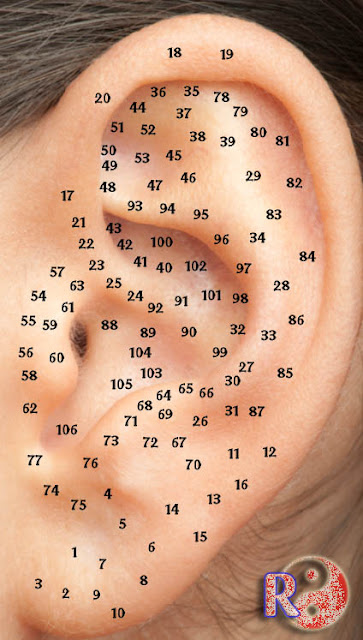
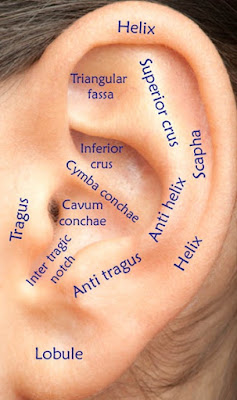







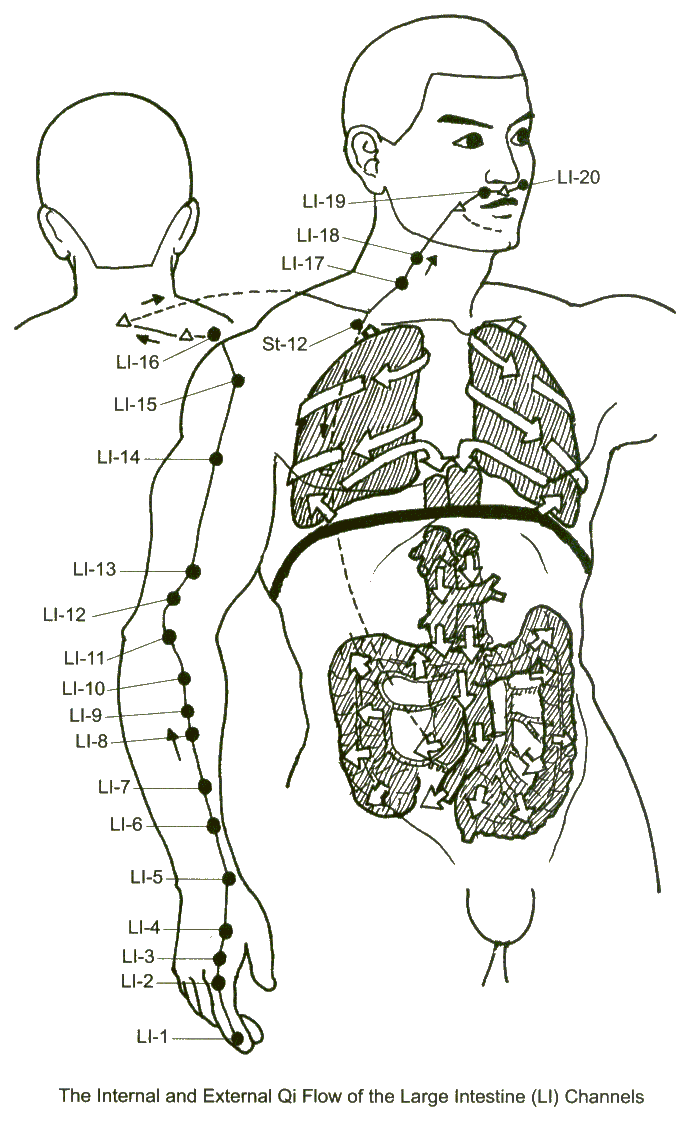 To Balance the Large Intestine Meridian:
To Balance the Large Intestine Meridian: